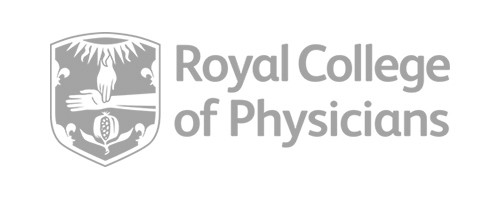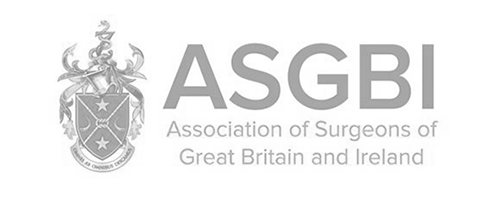HERNIA SURGERY
A hernia operation is intended to repair and strengthen the abdominal wall. The intestine is pushed back into its correct place, and a synthetic mesh is often used to strengthen the weak spot.
WHAT DOES A HERNIA OPERATION INVOLVE?
Open hernia repairs can be undertaken under local or general anaesthetic. Laparoscopic hernia repair is usually undertaken under general anaesthetic. The procedure normally takes around 45 minutes and you may be also able to go home the same day.
There are four common types of hernia and two main types of treatment:
Inguinal hernia – groin
When a hernia occurs in the lower abdomen area it is known as an inguinal hernia. As the most common type of hernia, it accounts for over three out of every four cases.
There are two ways this type of hernia can be repaired:
• Laparoscopic (keyhole) inguinal hernia repair
Your surgeon will make two or three small cuts to your abdomen, through which a tube-like camera will be passed to enable your surgeon to view the hernia. Special surgical instruments are then used to repair the hernia and a synthetic mesh may be used to strengthen the abdominal wall.
• Open inguinal hernia repair
A single incision of around 5-10cm is made in the groin and the bulge is pushed back into place. A mesh may be used to support the area. The skin is then closed using dissolvable stitches.
Femoral hernia – lower groin
A femoral hernia also occurs in the groin area; however this type is positioned a little lower down than an inguinal hernia and is more common in women. There is a high risk of serious problems if femoral hernias are left untreated.
Femoral hernias can be repaired through the same methods as an inguinal hernia, through laparoscopic and open surgery.
Incisional hernia – resulting from a previous incision
Incisional hernias result from a weakness in the abdominal wall caused by a previous scar or surgical wound that has not healed well. They usually occur within two years of the surgery.
Incisional hernias vary in size and the treatment prescribed may also vary. Usually open surgery will be carried out, with a mesh being stitched over the weak spot for larger hernias. The incision will then be closed with stitches.
Umbilical hernias – navel
Umbilical hernias appear around the navel (belly button) and can be present from birth. As such, they are most common in children and usually heal without surgical treatment.
A hernia operation will be needed if the umbilical hernia does not go away on its own. Adults who develop this type of hernia will need treatment as it will not get better on its own.








